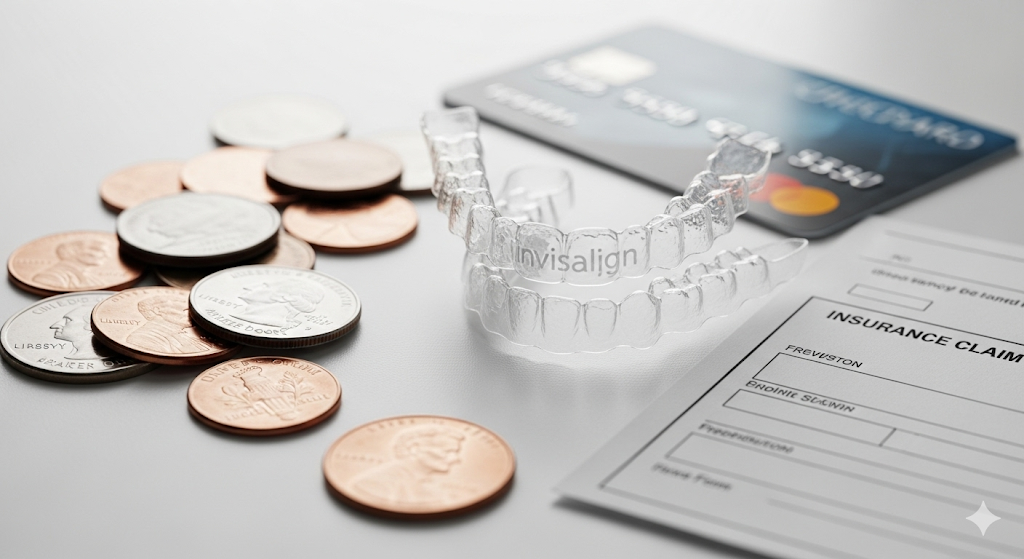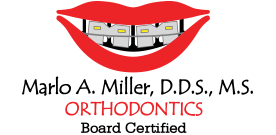How Much Does an Invisalign Aligner Cost? Insurance, HSA, FSA & Payment Options

The journey to a straighter smile has been revolutionized by Invisalign Aligner treatment. This modern approach delivers a discreet alternative to traditional braces by using custom, BPA-free plastic trays. Patients benefit from digital treatment planning, which involves precise 3D scanning and customized ClinCheck software simulations. The clear trays offer flexibility with removal for eating and oral hygiene, making them an appealing choice for many. As more people seek aesthetic and comfortable orthodontic solutions, understanding the cost structure and funding options for Invisalign becomes essential.
How much does an Invisalign aligner cost?
Invisalign Aligner treatment in the United States typically ranges between $3,000 and $8,000, depending on treatment complexity, geographic location, and provider expertise. Patients in urban centers often see higher fees than those in suburban or rural areas. The initial consultation, digital scans, and custom trays are bundled into the overall fee, yet additional expenses may arise with refinements or supportive attachments. This investment reflects the clinical efficacy of clear aligners in addressing malocclusion while preserving patient comfort. To fully budget for treatment, prospective patients should review both base fees and potential add-ons.
| Treatment Type | Complexity Level | Average Cost (USD) |
| Mild alignment | Minor rotations/gaps | $3,000 – $4,500 |
| Moderate misalignment | Moderate crowding | $4,500 – $6,000 |
| Complex case | Severe crowding/bite | $6,000 – $8,000+ |
What factors influence the Invisalign cost range?
Several key factors determine patient fees for clear aligner therapy, including the scope of Orthodontic Services provided, the length of treatment, and the practitioner’s level of experience. Geographic location can drive cost fluctuations, as metropolitan clinics often have higher overhead than community practices. Advanced features such as auxiliary attachments, elastics, or interproximal reduction add incremental fees. The technology used—digital scanners, proprietary software, and in-office 3D printing—also contributes to the final price.
Severity of Malocclusion
Cases with minor tooth movement or small gaps typically require fewer trays and a shorter treatment timeline. Mild alignment might involve 6–10 aligners, while moderate cases often demand 10–20. Complex situations with rotations, deep bites, or skeletal discrepancies can exceed 24 trays and require elastics or attachments. Each incremental phase adds to both lab fees and clinical appointment costs.
Provider Experience and Credentials
Board-certified orthodontists and specialists often command higher fees due to advanced training and case complexity management. A practitioner’s proficiency with digital workflows and outcome predictability enhances treatment value. Clinical reputation, years in practice, and regional demand also factor into treatment pricing. Patients should verify credentials and view before-and-after case galleries during the consultation.
Treatment Add-Ons and Attachments
Attachments—small tooth-colored bumps bonded to teeth—help aligners achieve complex movements. Power ridges and precision cuts for elastics add to the material cost. Refinement trays, which address minor corrections after the initial series, incur additional fees. Some practices include one set of refinements in their package, while others charge per tray.
Geographic Location
Urban centers with higher real estate and labor costs translate to elevated provider fees. Suburban and rural clinics may offer more competitive pricing but could have longer wait times for consultations or fewer scheduling options. Patients living near major metropolitan areas should compare fees among multiple practices to find an optimal balance of cost, expertise, and convenience.
Does insurance cover clear aligner treatment?
Dental insurance plans vary widely in their orthodontic coverage for clear aligner therapy. Many traditional dental plans cap orthodontic benefits at a lifetime maximum rather than an annual limit. Patients exploring clear aligner insurance coverage should review policy terms for age restrictions, coverage percentages, and waiting periods. Some plans cover a portion of treatment—often 25%–50%—up to a fixed dollar amount. Supplemental orthodontic riders can boost coverage but may require additional premiums.
Coverage typically applies to both metal braces and clear aligners, provided the aligner system is deemed medically necessary. Plan holders should obtain a pre-treatment estimate and confirm in-network provider status to maximize benefits. Out-of-network claims may still be reimbursable, though at reduced reimbursement rates. Preauthorization from the insurer can prevent unexpected denials once treatment begins.
What payment options are available for Invisalign treatment?
Flexible financing is a hallmark of modern orthodontic practice, and Invisalign financing options include several pathways. Many offices partner with third-party lenders like CareCredit or LendingClub to offer interest-free plans for 6–12 months. Longer-term financing at competitive rates is available through select orthodontic practices. Patients can also use HSA or FSA funds to cover their orthodontic costs, using pre-tax dollars and reducing the out-of-pocket burden.
Credit cards, personal loans, and in-office payment plans round out the options, with monthly installments often structured around patient cash flow. A down payment—typically 10%–20% of the total fee—is required at the start, followed by equal monthly payments throughout treatment. Some providers allow flexible pauses or accelerations in payment if treatment timings shift. Prospective patients should inquire about promotional rates, auto-draft discounts, and bundled service pricing.
Preparing for Your Invisalign Journey
Before beginning treatment, patients undergo a comprehensive evaluation that includes dental records, photographs, and digital intraoral scans. This diagnostic phase ensures an accurate ClinCheck plan, previewing tooth movement every step of the way. Once aligners are fabricated in an orthodontic lab, they arrive ready for immediate wear. Patients receive detailed instructions on wearing schedules, cleaning protocols, and retention strategies.
During this phase, understanding What Is an Invisalign Aligner helps set realistic expectations. Aligners must be worn 20–22 hours per day to achieve optimal results. Regular check-ins—either in-office or via teledentistry—monitor progress and enable refinements if necessary. Early compliance and good oral hygiene are critical to avoiding delays or additional costs.
Comparing Invisalign to Traditional Braces
The evolution from metal brackets to clear aligners highlights a shift in patient priorities toward aesthetics and comfort. Unlike fixed braces, aligners exert gentle, sequential forces without the need for periodic wire tightening. Oral hygiene is simpler, as trays can be removed for brushing and flossing. Many patients find aligners less intrusive in everyday life, with fewer dietary restrictions.
A closer look at Invisalign Aligner Benefits reveals improved periodontal health, reduced soft-tissue irritation, and discreet appearance. Attachments mimic bracket functionality without hardware, enabling complex tooth movements. Predictable digital treatment planning often translates to shorter or comparable overall timelines. Patients can track progress visually through the ClinCheck simulation, reinforcing adherence and motivation.
Conclusion
Understanding the investment in an Invisalign Aligner system empowers patients to make informed decisions about their orthodontic care. With a focus on transparent pricing, flexible insurance options, and tailored financing plans, treatment becomes accessible to a broader audience. Those seeking expert guidance and personalized service can turn to Marlo A. Miller, DDS, MS Orthodontics, where state-of-the-art technology meets compassionate patient care. By weighing cost factors, leveraging HSA/FSA benefits, and considering payment plans, individuals can confidently embark on their journey to a healthier, straighter smile.
Frequently Asked Questions about Invisalign Aligners
How long does Invisalign treatment typically take?
Treatment duration varies by case complexity but generally ranges from 6 to 18 months. Mild alignment cases may complete within six months, while moderate to complex cases often extend to a year or more. Refinement trays for fine-tuning can add several weeks.
What is the Invisalign cost range based on treatment complexity?
Basic cases cost roughly $3,000 to $4,500, moderate misalignments run $4,500 to $6,000, and complex situations can reach $8,000 or more. Geographic location and provider expertise also influence pricing.
Can HSA or FSA funds be used to pay for Invisalign?
Yes, both Health Savings Accounts (HSA) and Flexible Spending Accounts (FSA) generally cover orthodontic treatment, including clear aligners. Patients benefit from pre-tax contributions to reduce their net treatment cost.
Does dental insurance cover Invisalign?
Many dental plans offer orthodontic riders that cover a percentage of the total fee—commonly 25% to 50%—up to a lifetime cap. Coverage depends on plan specifics, age restrictions, and medical necessity criteria.
Are there alternatives to Invisalign aligners?
Alternative clear aligner brands include SmileDirectClub, ClearCorrect, and proprietary in-office aligners. Traditional braces, lingual braces, and clear ceramic braces remain valid options depending on patient needs.
